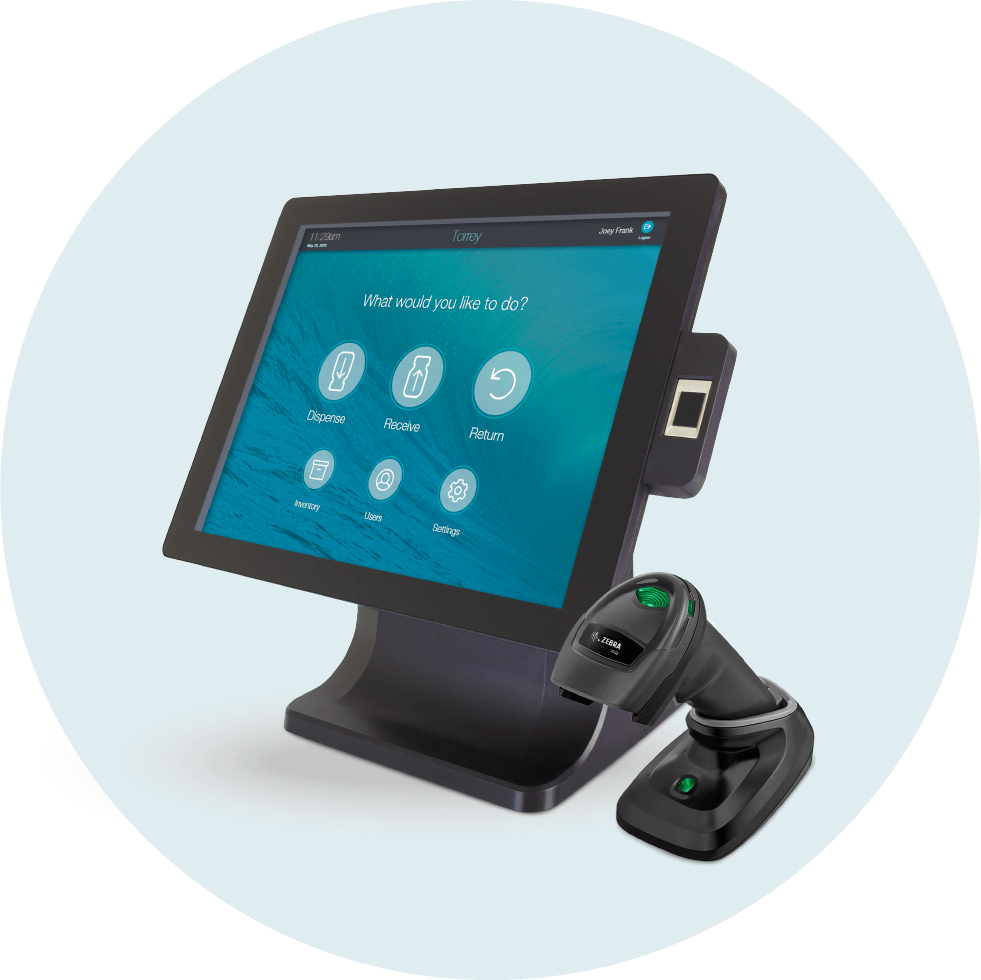Recent trends show a decline in routine pediatric vaccine coverage, further exacerbated by the COVID-19 pandemic. This decrease, partly attributed to missed healthcare appointments and growing vaccine hesitancy, leaves communities and children at heightened risk for outbreaks of diseases like measles. According to the 2019 National Immunization Survey, approximately 20% of parents in the U.S. exhibit hesitancy towards childhood vaccinations. Despite the overwhelming evidence supporting vaccine efficacy and safety, vaccine hesitancy remains a significant challenge. It is crucial for medical professionals to effectively communicate and strategize to overcome this hesitancy, ensuring the health and safety of children and the broader community.
Effects of Vaccine Hesitancy
Vaccine hesitancy poses significant risks, including the resurgence of preventable diseases, economic burdens on healthcare systems, and the societal costs of unvaccinated populations. Addressing these challenges requires not only trust in healthcare systems but also efforts to eliminate disparities in vaccine access and confidence.
Strategies for Overcoming Vaccine Hesitancy
Combating vaccine hesitancy is crucial for maintaining public health and ensuring the efficacy of vaccination programs. Physicians, being at the forefront of healthcare, play a key role in addressing hesitancy among patients. Effective communication is crucial in overcoming vaccine hesitancy. Healthcare professionals must be well-versed in vaccine safety and effectiveness, employing evidence-based communication strategies to reinforce vaccination’s importance. Techniques such as giving strong recommendations, starting conversations with a presumptive stance, and utilizing motivational interviewing can significantly impact vaccine uptake.
1. Establish Trust
- Build Rapport: Strong relationships based on mutual respect and trust are foundational. Physicians should make efforts to know their patients personally and understand their health concerns and beliefs.
- Consistent Communication: Maintain open lines of communication. Being consistently available and approachable can make a significant difference in how patients perceive their healthcare provider’s recommendations.
2. Educate and Inform
- Tailor the Message: Customize information to meet the individual needs and concerns of patients. Understanding the patient’s background, beliefs, and reasons for hesitancy can help tailor a more effective message.
- Correct Misinformation: Gently correct myths and misinformation about vaccines, using evidence-based information. Highlight the rigorous processes involved in vaccine development, testing, and monitoring for safety and efficacy.
- Highlight Benefits: Clearly explain the benefits of vaccination, not just for the individual but for the community through herd immunity. Emphasize the protection it offers against severe diseases and complications.
3. Engage in Meaningful Conversations
- Listen Actively: Show empathy and understanding by listening to patients’ concerns without immediate judgment or dismissal. Validating feelings doesn’t mean agreeing with misinformation but acknowledges the person’s concerns as legitimate to them.
- Use Motivational Interviewing: This technique involves guiding rather than directing the conversation. It encourages patients to express their ambivalence and explore their own motivations and barriers to vaccination.
4. Provide Strong Recommendations
- Be Confident and Clear: A physician’s strong, clear recommendation is a powerful motivator for patients. State recommendations confidently while explaining the reasons behind them.
- Use Presumptive Language: Start conversations with the expectation that vaccines are the norm (e.g., “When we do vaccines today,” instead of “Do you want to do vaccines?”).
5. Leverage Patient Stories and Examples
- Personalize the Impact: Share stories (while maintaining confidentiality) of individuals who have suffered from vaccine-preventable diseases and how vaccination could have made a difference. This can make the risks of non-vaccination more real and relatable.
- Utilize Testimonials: Encourage satisfied parents or patients who had concerns but chose vaccination to share their stories and experiences.
6. Address Practical Barriers
- Identify and Remove Obstacles: Work to identify and mitigate barriers to vaccination, such as scheduling difficulties, transportation issues, or financial constraints. Offering flexible hours or connecting patients with resources can help.
7. Use Technology and Social Media
- Educational Resources: Provide access to easy-to-understand, evidence-based resources online. Creating or sharing informative videos, infographics, and articles can help educate patients outside of the office.
- Social Media Engagement: Engage with patients and the wider community through social media platforms to spread accurate information about vaccines and address common misconceptions.
8. Collaborate with Community Leaders and Organizations
- Community Engagement: Partner with community leaders, schools, religious organizations, and other trusted figures to promote vaccination. These leaders can influence public opinion and reduce hesitancy.
- Public Health Initiatives: Participate in or organize public health campaigns and vaccination drives that offer education and accessible vaccination services to the community.
9. Continuous Education and Training
- Stay Informed: Keep up-to-date with the latest research, recommendations, and strategies for addressing vaccine hesitancy. Attend workshops, seminars, and conferences focused on vaccination and patient communication.
- Educate Staff: Ensure that all healthcare staff are educated about vaccines and trained in effective communication strategies. They should be prepared to reinforce the messages provided by physicians and address questions or concerns from patients.
Sample Conversation Strategy
Dr. Lee: Good morning, Jordan! How are you and Alex doing today?
Jordan: We’re okay, Dr. Lee. Just a bit worried about today’s visit. I’ve been reading about the MMR vaccine and I’m not sure if it’s safe for Alex.
Dr. Lee: I understand your concern, and it’s good that you’re looking into Alex’s health. Can you tell me what specifically worries you about the MMR vaccine?
Jordan: Well, I’ve heard stories about it causing autism in children. And there are so many scary side effects listed online…
Dr. Lee: Thank you for sharing that with me. It’s important to address these concerns. Firstly, extensive research, including studies involving millions of children, has shown no link between the MMR vaccine and autism. These studies are conducted by independent scientists and health organizations around the world.
Jordan: Really? I hadn’t come across those studies.
Dr. Lee: Yes, it’s a common misconception. As for side effects, while no medical intervention is without any risk, serious side effects from the MMR vaccine are extremely rare. The most common reactions are usually mild, like a fever or a rash, and they’re far less severe than the diseases the vaccine protects against.
Jordan: I didn’t realize the side effects were that rare.
Dr. Lee: Absolutely. Measles, mumps, and rubella are serious diseases that can lead to severe complications, especially in young children. Vaccinating Alex not only protects him but also helps protect others in the community who can’t be vaccinated due to medical reasons.
Jordan: That makes sense. I guess I was just scared by all the things I read online.
Dr. Lee: It’s completely normal to feel that way. Your job as a parent is to protect Alex, and part of that is making informed decisions about his health. I’m here to provide you with accurate information so you can do just that. If you have any more questions, now or later, I want you to feel comfortable asking me.
Jordan: Thank you, Dr. Lee. I do feel better about it now. I think we’re ready for Alex to get his vaccine.
Dr. Lee: I’m glad to hear that. We’ll take good care of Alex, and I’m here for any questions you have in the future. Let’s keep Alex safe and healthy together.





